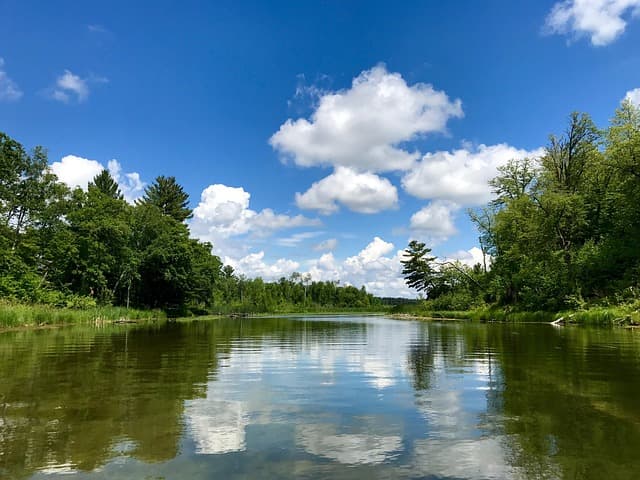Red Lake, located in northern Minnesota, is the largest natural freshwater lake in the state and the 16th largest in the United States. It is divided into two parts, Upper and Lower Red Lake, connected by a strait.
The lake serves as the source of the Red Lake River, which flows through the city of Crookston. The river is known for its nature trails that attract tourists and locals. These trails offer unique opportunities for hiking, wildlife watching, and learning about the local flora and fauna.
Key Features of Red Lake Trails:
- Ecosystem Diversity: The trails pass through a variety of ecosystems including wetlands, forests, and open spaces, providing rich biodiversity.
- Birdwatching: The region is home to many species of birds, including rare and migratory species, making it a popular destination for birdwatchers.
- Historical significance: The lake and its surroundings have deep cultural significance to local indigenous peoples, and many trails pass through historically important sites.
Practical information for travelers:
- Trip Preparation: It is recommended to familiarize yourself with maps of the area and weather conditions before setting out.
- Equipment: Comfortable shoes for walking on different types of terrain, insect protection and sufficient water are essential for a comfortable trip.
- Respect for nature: Follow Leave No Trace principles by cleaning up after yourself with litter and respecting wildlife.
Visiting nature trails at Red Lake provides an opportunity to enjoy Minnesota’s beauty, learn about its ecosystems and cultural heritage, and spend time outdoors away from the hustle and bustle of the city.


